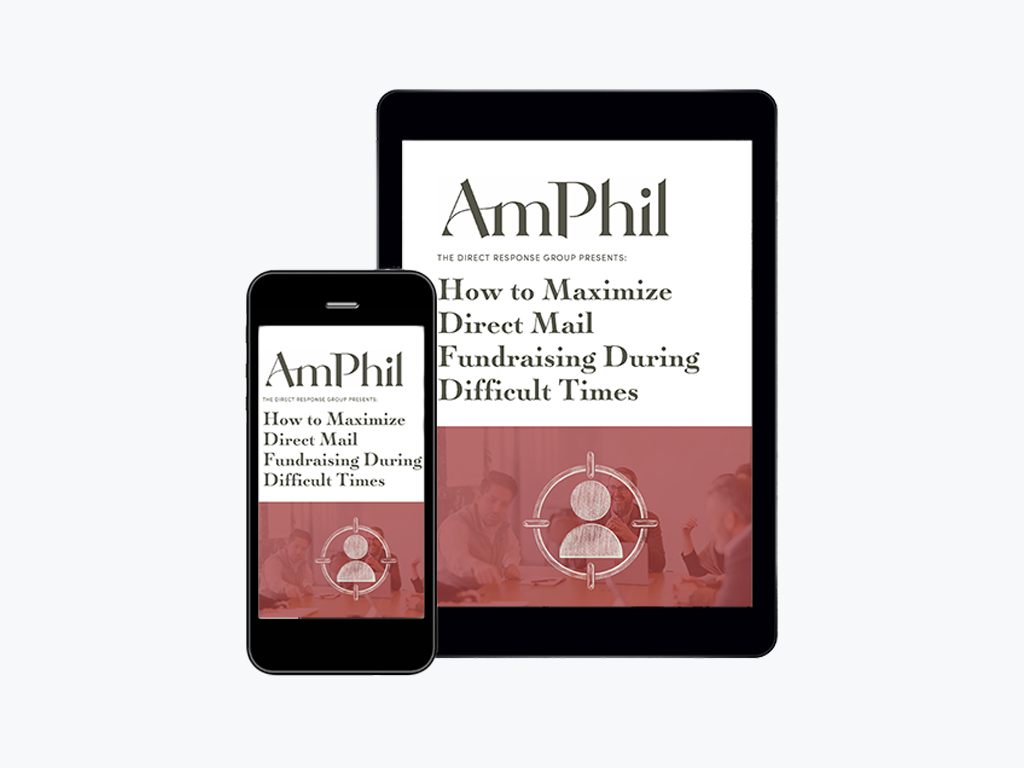
Fundraising emails. Love ’em or hate ’em, they’re an important tool in raising money for your organization. But as we all know, everyone’s inboxes are overflowing with marketing emails these days . . . and most go straight to the spam folder. Is it possible to write a fundraising email that will stand out from the crowd anymore? The answer is yes! A few simple practices can increase email opens and motivate your reader to take action and give.
Email Fundraising: Write Subject Lines That Work
First things first—people have to open your email. If you can’t get the email opened, the rest of this article is moot. The most skillful email fundraising copy in the world will do you no good if your reader doesn’t even give it a glance. Ideally, your subject line should:
Spark Curiosity. The subject line shouldn’t reveal everything that’s in your email. If your subject line says, “Time is running out to donate this Giving Tuesday,” there’s nothing left to the imagination. The reader has no incentive to open it. Aim for an air of mystery that makes your reader want to know more. But this isn’t to say that your subject line should be misleading. You must walk a fine line between being intriguing and being dishonest or nonsensical.
Be Personal. The more personal you can make your subject line, the more inclined a reader will be to open it. Using a name or the word “you” grabs attention and establishes a personal connection. Additionally, don’t capitalize every word in your subject line—it looks formal and unnatural. Just capitalize the first word of the phrase, like you would in a regular sentence . . . because that’s what real humans do when they send emails.
Be Short and Sweet. Personal emails usually don’t have long, wordy subject lines. Your subject line should be succinct. Experts recommend that subject lines be no longer than 10 words. The consensus seems to be that 7-9 words work best.
Email Fundraising: Don’t Bury the Hook
Your reader’s time is precious. She wants to know as soon as possible why you’re writing to her and, more importantly, why she should care. So, don’t waste paragraphs rambling about your organization’s achievements or reflecting on the state of the world. Get right to the point and introduce the problem you’re trying to solve and how your reader can help by making a gift.
And bring your call to action as close to the beginning of the email as possible. That way a reader can understand what the email is about in a matter of seconds. She’ll be less likely to lose interest and relegate your email to the junk folder. And speaking of your call to action . . .
Email Fundraising: Keep Your Call to Action Clear
Don’t beat around the bush! It’s always better to ask for a donation than to tell the reader to “Learn more!” or “Join us!” Vague phrases confuse a reader as to what you want her to do.
Your call to action should also draw a clear connection between the donor’s gift and the specific good that gift will accomplish. This puts the reader in the role of the hero, showing how her generosity can make a positive difference in the world. Instead of just saying, “Please donate to our cause today,” try something a bit more vivid and concrete:
- “Your gift of $50 will shelter a homeless person for one week!”
- “Will you help feed a hungry child today?”
- “Will you donate to rescue chimpanzees from labs?”
One more thing to keep in mind: don’t confuse your reader by asking her to do multiple things in one email. If you want donations, don’t request that your reader check out your Facebook page or sign a petition. We all know how easy it is to go down an internet rabbit hole. When you provide your reader with multiple links that have nothing to do with donations, it distracts her from what you really want her to do: give.
Email Fundraising: Watch Your Tone
Make the tone of your email as warm, friendly, and human as possible. You don’t have to use slang but try to write like you’re sending a note to a friend. This is especially important at the beginning of the email, where you are trying to draw your reader in. No one feels excited by stiff, formal corporate-speak! Make your email feel more human by:
- Greeting your reader with her first name.
- Directly addressing your reader frequently. Your email should be peppered with the word “you.”
- Avoiding jargon and academic-sounding words like the plague. Keep your sentences and paragraphs relatively short and conversational. Don’t let them get bogged down in flowery language.
Email Fundraising: Wrapping It Up
Crafting effective fundraising emails can sometimes be a frustrating task. But if you’re banging your head against a wall, don’t despair. With some creativity and copy that’s personal and clear, your emails can inspire greater levels of generosity than ever before. And that’s well worth the effort. Happy writing!


